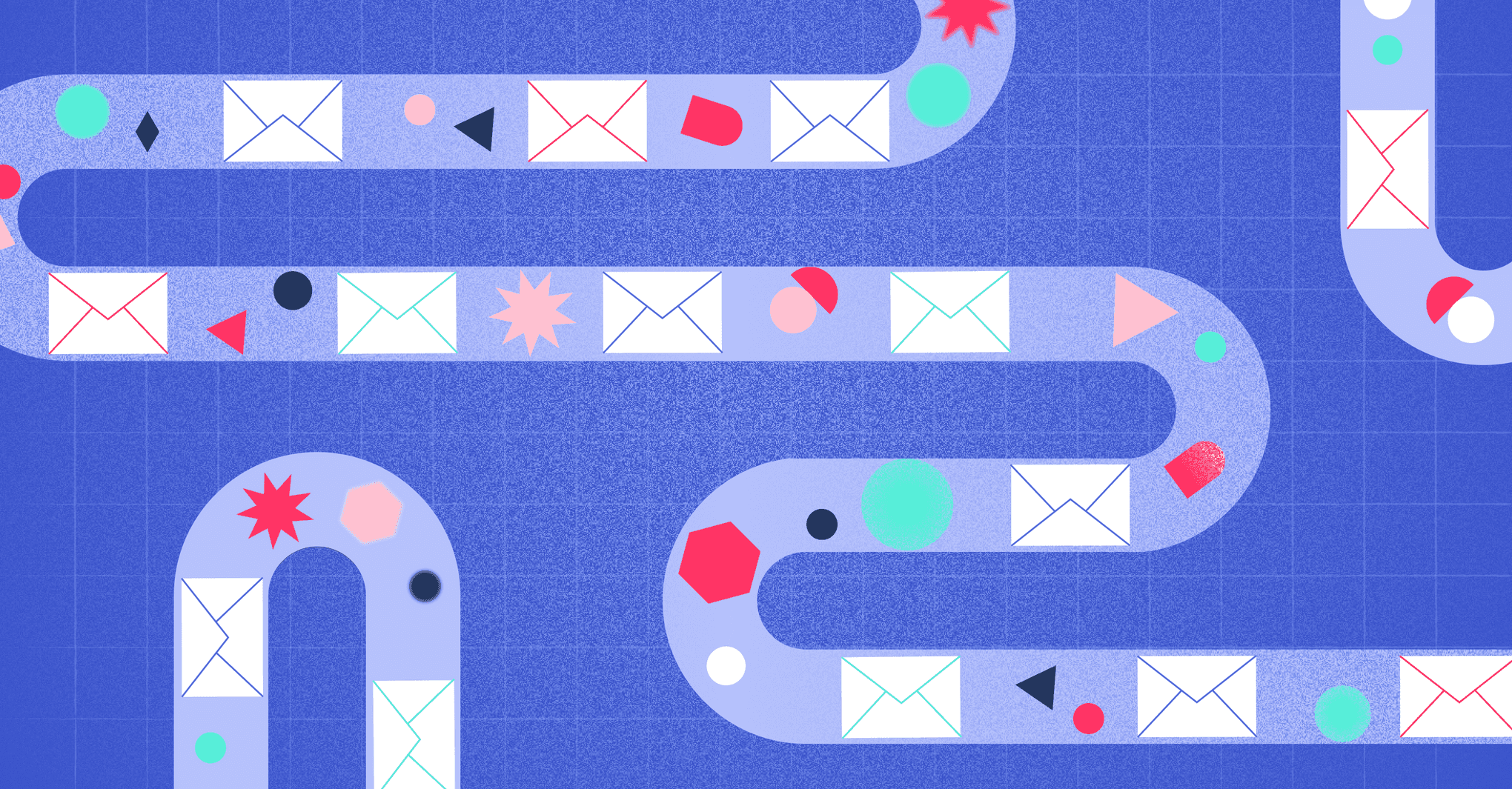Jemicah Marasigan
Content Marketing Manager
Every business has its rituals when a project wraps.
The client’s happy, the invoice is sent, the files are tucked away in a folder you’ll probably never open again. Someone drops a “Woohoo, we did it!” in Slack.
And just like that, it’s on to the next one. But between “done” and “next” hides one of the most powerful — and most ignored — stages in your entire process.
It’s not billing. It’s not a debrief. It’s marketing… the best pipeline stage you’ve never heard of.
(Okay, fine. You’ve heard of it. But have you actually built it into your pipeline systems?)
That small, final step can completely change how your business grows. Because if you pause for just a beat after delivery, you’ll find stories, insights, and lessons that are far too valuable to let vanish into the archive.
The marketing stage isn’t about selling: it’s about noticing. It’s a simple, final step in your delivery process that keeps the story of your work alive long after the files are sent. And it’s how your next client ends up finding you, too.
The gap between doing great work and talking about it
Most teams are great at doing the work, but less great at sharing it. You wrap a project, the client’s thrilled, and your brain instantly jumps to the next thing. That little “we should post about this” voice gets buried under deadlines.
But every finished project is already marketing material. It’s proof of your process, your taste, your team’s problem-solving skills. You don’t need to invent something new — you just need to notice what you’ve already created.
Introducing the “marketing” stage
Think of this as the pause between “done” and “forgotten.” It’s not about selling or self-promotion, it’s about reflection. Take a moment to ask, “What here is worth sharing?”
Maybe it’s a clever workaround that saved the day, a workflow that made things smoother, or a behind-the-scenes detail that shows how your team thinks. Capturing those moments while they’re still fresh keeps the story of your work alive, even long after delivery.
Most teams skip this step because they’re already sprinting toward the next deadline. But that short pause at the end of a project is where the gold hides — the lessons, the wins, the small decisions that reveal who you are and how you work.
Those stories aren’t just great for your next case study; they help future clients see your process, your personality, and your professionalism. When people understand how you think, they start to trust you before you’ve even met.
Letting your work lead your marketing
Here’s the big shift: your best marketing doesn’t come from brainstorming new ideas — it comes from paying attention to your work.
That’s something creative strategist James Keblas talks about often. His take? The projects you’re working on right now should already be helping you land the next one. Don’t wait until it’s wrapped to start thinking about how it might attract future clients.
“Let people into your process. Let them get to know your company beyond a repost of a finished spot that says, ‘We loved working with blah blah blah,’” he says.
“It’s tired. It doesn’t work anymore. It doesn’t say enough.”
People don’t want another glossy highlight reel, they want to see how the magic actually happens. When you show the process behind your results, you stop sounding like a billboard and start sounding like a real team doing meaningful work.
And once you start seeing marketing this way, you’ll never run out of material. Every project, every “we figured it out” moment, every lesson learned is a story worth sharing. You’re not manufacturing content, you’re curating experience.
What the marketing stage actually looks like in practice
Here’s what this looks like for teams who do it well.
When a project wraps, the project lead or producer runs a quick marketing debrief — not a full meeting, just a 10-minute reflection. They ask a few simple questions:
What stood out about this project?
What problem did we solve that might resonate with others?
What new thing did we try that worked surprisingly well?
What part of this would future clients find interesting?
Many teams build this step right into their customer relationship management (CRM) platform pipelines so it’s impossible to forget. When a project moves to “Complete,” it automatically triggers a final stage of marketing. That’s where your notes, ideas, and lessons live, right alongside the project itself.
And, if you’re using Copper, it’s even easier to keep that reflection connected. You can jot notes within each contact, link back to the project, or tag teammates right inside the same pipeline — so your best ideas don’t vanish into Slack or someone’s notebook.
You could do this in a doc or spreadsheet too. The point isn’t the tool — it’s the habit.
(Though, let’s be honest… with Copper’s Google Workspace integration — along with hundreds of others — it’s nice when all your good ideas actually live in one place.)
Finding what’s “notable” even when it doesn’t feel like it
The hardest part of this process is often realizing what’s actually worth sharing. We tend to undervalue what comes naturally to us.
You might think, “Oh, that’s just our normal process,” but to a potential client, it’s fascinating.
“Just because it’s not notable to you, if it feels like mundane everyday business practice, explore it anyway,” says Keblas. “Oftentimes, that’s novel to potential clients. They don’t know as much as you.”
He’s right. What feels like “just another Tuesday” to you is often mind-blowing to someone outside your process.
For example:
That moment you helped a client narrow their 10 ideas down to the one that would actually move the needle.
The way your team gracefully wrangled five rounds of feedback without losing the plot.
The “Oh, that’s why we do it that way” lesson that came out of a messy project retro.
How you reimagined a dull client report into something visual and actually readable (and maybe even fun).
The internal brainstorm where someone blurted out a “bad idea” that turned into the winning campaign.
Or how you use your CRM to stay in touch with past clients — not with spammy check-ins, but with genuine, thoughtful updates.
Those aren’t throwaway moments. They’re proof of how you think, collaborate, and deliver.
You don’t need a polished case study or an award to have a story worth sharing. Sometimes your best content is the small, human stuff — the Slack thread that solved a client’s last-minute crisis or the presentation trick that helped a roomful of execs finally get it.
When you share those moments, you’re not “marketing.” You’re inviting people to see how you work — and that’s what makes them want to work with you.
Build the habit (without overcomplicating it)
And you don’t need a big rollout plan to start doing this. Start small. Pick one upcoming project and commit to a short “marketing reflection” before it closes:
Write down one thing you learned
Write down one thing you’d share publicly
Write down one thing you’d do differently next time.
That’s it.
When it becomes a reflex — a natural part of your wrap-up — that’s when it sticks. And once it sticks, your marketing will start to run itself.
Get the latest from our blog every month
How the marketing stage fuels your next opportunity
The best part about adding a marketing stage in your pipeline is how it connects the dots between your current work and your next one.
When you consistently capture stories and lessons from completed projects, you’re essentially building your own library of thought leadership.
You don’t need to turn every reflection into a case study — maybe it’s a quick post, a newsletter snippet, or a new section on your site that shares lessons learned. They give you something to talk about that isn’t just “Hey, need any work done?” but “Here’s something we learned that might help you, too.”
That kind of communication doesn’t feel like selling. It feels like helping. And that’s exactly what earns trust.
Over time, your pipeline starts to loop in on itself:
Delivery fuels marketing because every project becomes content.
Marketing fuels engagement because that content sparks conversations.
Engagement fuels opportunity because those conversations lead to new work.
Opportunity fuels delivery again and the cycle repeats, stronger every time.
It’s a self-sustaining system of doing great work, sharing it authentically, and attracting people who value that same approach.
Why “Complete” shouldn’t be the end of the story
Adding a marketing stage is all about being consistent. It’s a simple way to turn the end of a project into the start of something new.
When you build that pause into your process, you stop “doing marketing” and start showing your work. That’s what people actually connect with — not polish, but proof that you care about what you make.
So next time you drag a project to “Complete,” don’t close the tab just yet. Take a moment to reflect, capture, and share, because that small pause might be the best pipeline stage (...that you’ve never heard of or even thought of doing!).
And if you want to make that reflection habit stick, Copper can help. With customizable pipelines, automations, and Google Workspace integration, it keeps your best ideas connected to the work and people that inspired them.
Try Copper CRM for 14 days free and see how it's built for relationship-driven businesses that grow by doing great work (and actually talking about it).






